
This School music development plan has been designed to help music subject leaders set out how to deliver high-quality music provision in curriculum music, extra-curricular music and musical experiences.
This template has been created to follow the structure of the School music development plan: summary template, provided by the Department for Education.
Part A has been completed for those schools that follow the Kapow Primary Long-term plan to teach curriculum music.
Part B and Part C of the document are editable to allow Music subject leaders to show the extra-curricular and musical opportunities the school provides beyond this core curriculum.
The final part of the document is editable to allow schools to show further improvements they would like to make to the music offerings within their school. We are committed to continuously enhancing our resources and support for schools. Please consider sharing any improvements you’ve made in your music curriculum with Kapow Primary ([email protected]).
The DfE says that a school development plan for Music should be published on the school website from September 2024. Schools should already publish the music curriculum for each year group online and the Kapow Primary Music Curriculum guide for parents and carers can be published on your school website to share this information.
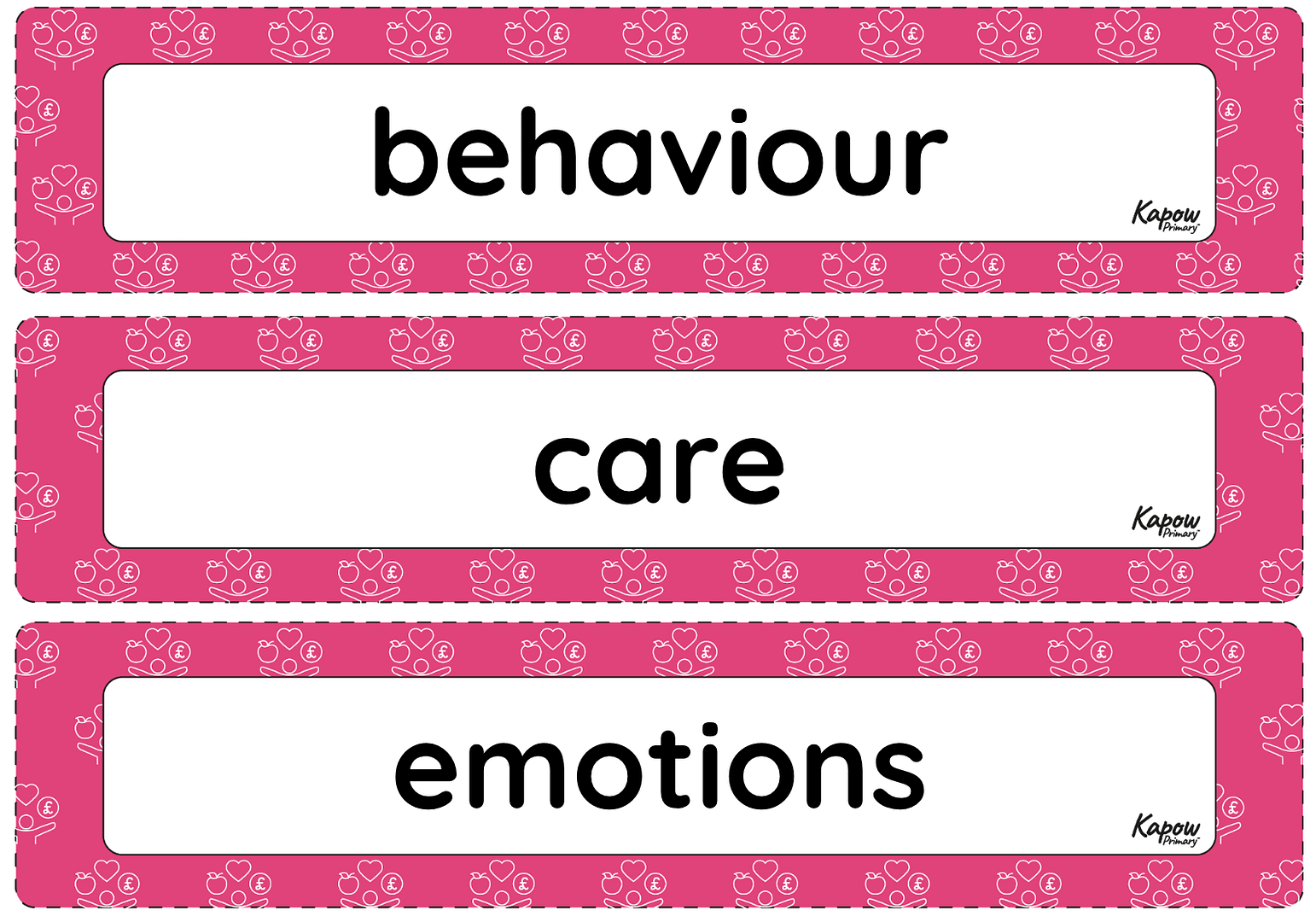
This unit vocabulary display includes keywords from the unit RSE & PSHE, Year 1, Families and relationships and additional unit-specific words that may be helpful in a display.
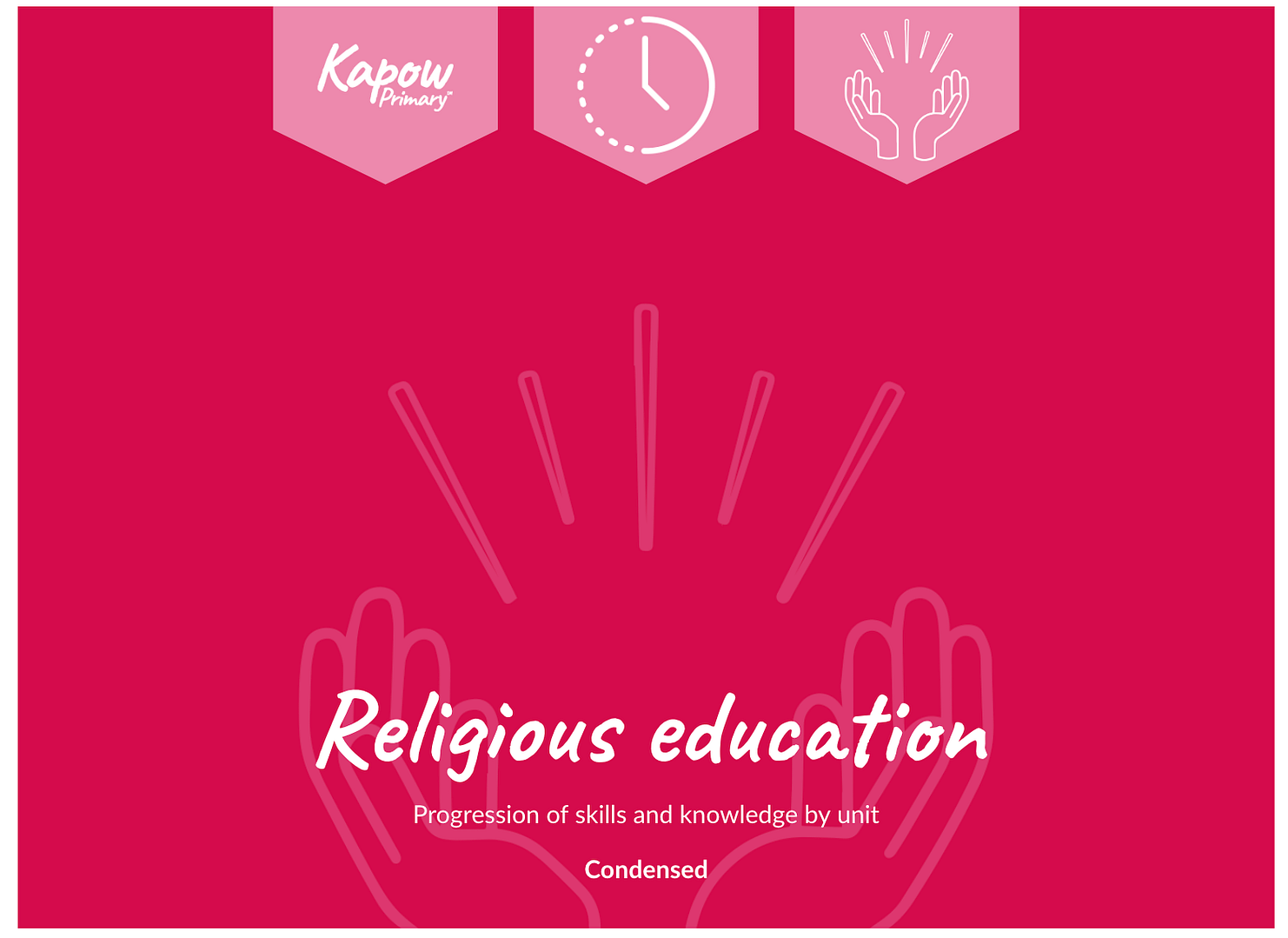
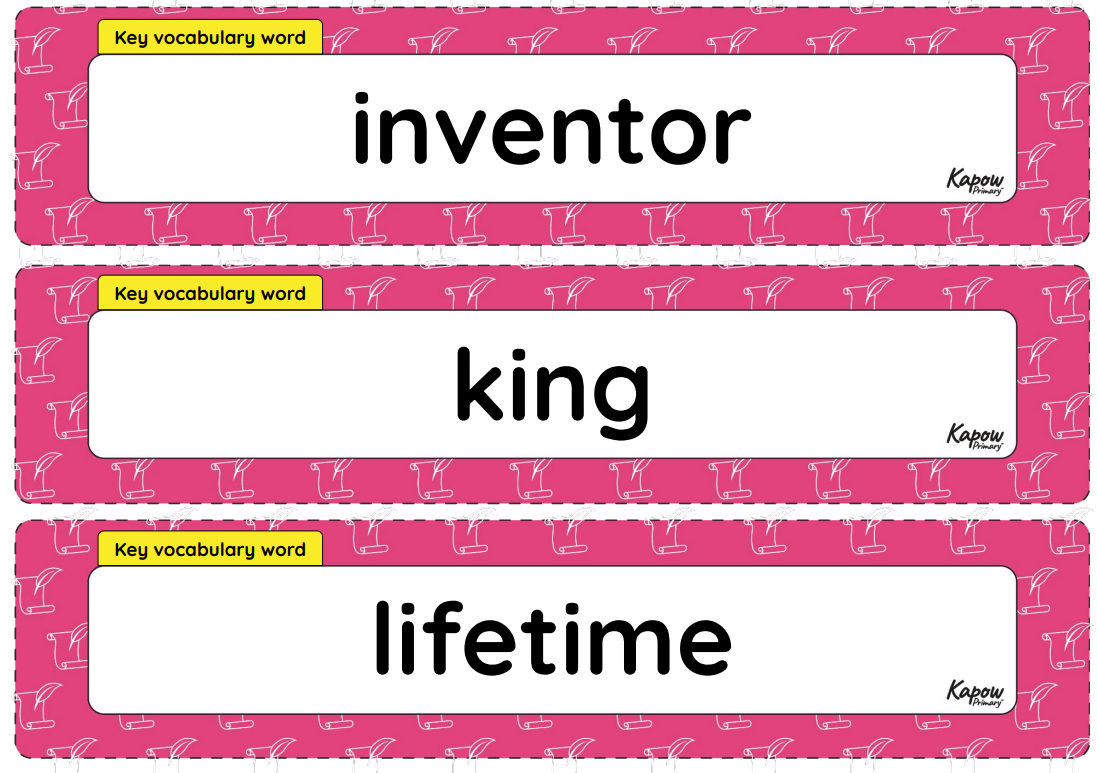
This key vocabulary display lists the keywords from all the Year 1 and Year 2 units.
Key vocabulary consists of words the pupils are expected to retain and reuse in future units. Understanding these words enhances comprehension of the subject and supports understanding. Consider displaying relevant keywords from previous years as a reminder for the pupils.
See the full History: Progression of key vocabulary.
Each unit also has a Unit vocabulary display featuring relevant keywords and additional unit-specific words that may be helpful as part of a display.
This key vocabulary display lists the keywords from all the Year 1 units.
Key vocabulary consists of words the pupils are expected to retain and reuse in future units. Understanding these words enhances comprehension of the subject and supports understanding of knowledge and skills. Consider displaying relevant keywords from previous years as a reminder for the pupils.
See the full History: Progression of key vocabulary.
Each unit also has a Unit vocabulary display featuring relevant keywords and additional unit-specific words that may be helpful as part of a display.

If you follow our Religion and worldviews: Long-term plan — condensed, you have full coverage of the Curriculum framework for Religious Education in England.
This is the document which many SACREs (Standing Advisory Council for Religious Education) used as the framework for designing their locally agreed syllabus.
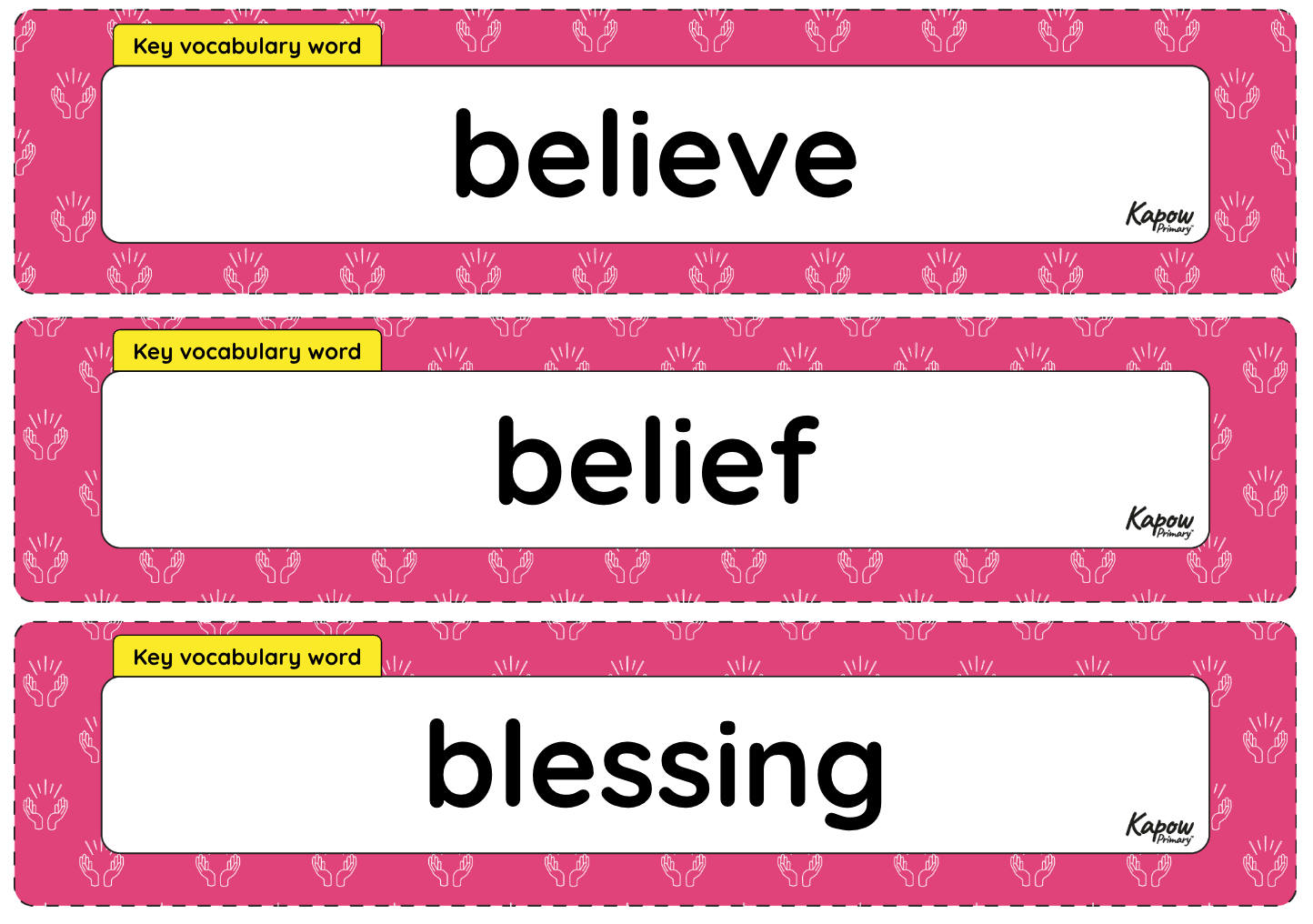
A display version of the key vocabulary for Year 1/2.

A display version of the key vocabulary for Year 1.
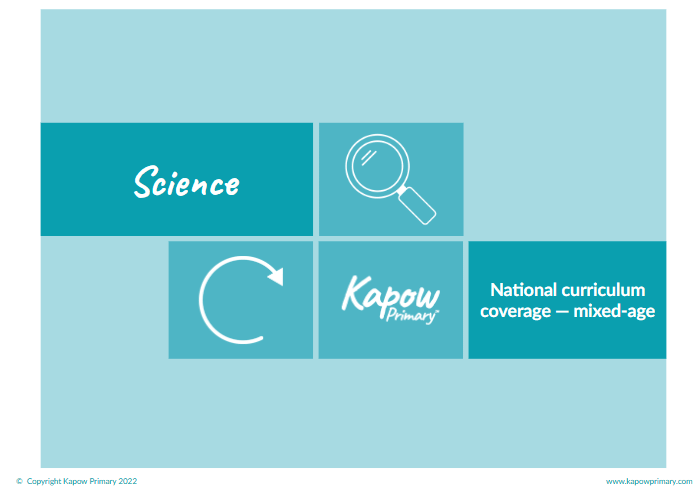
A mapping document showing each of the National curriculum’s statutory attainment targets and which Science mixed-age units work towards them, broken down into scientific knowledge and understanding and working scientifically.







